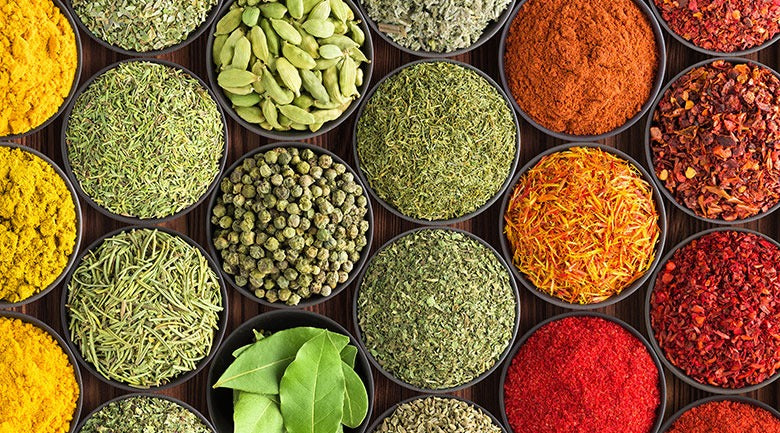Request a Quote
Request a Quote

Persian cuisine is renowned for its rich flavors, vibrant colors, and aromatic dishes. One of the secrets behind this culinary magic is the use of a variety of fresh and dried herbs. These herbs not only enhance the taste of the dishes but also offer numerous health benefits. In this blog post, we'll delve into some of the best Persian herbs that are essential in creating authentic Persian flavors.
Parsley is a versatile herb commonly used in Persian cuisine. It's often found in stews, salads, and as a garnish. Rich in vitamins A, C, and K, parsley adds a fresh, slightly peppery taste to dishes.
Cilantro, known for its distinct, slightly citrusy flavor, is another staple in Persian cooking. It's used in a variety of dishes from soups to stews.
Dill has a unique flavor that combines hints of anise and lemon. It's used both fresh and dried in Persian cuisine, adding a distinctive taste to rice dishes and stews.
Mint is cherished for its refreshing and cooling flavor. It is used both fresh and dried in various Persian dishes and beverages.
Fenugreek leaves, known as shanbalileh in Persian, have a slightly bitter taste and are used in many traditional dishes. This herb is known for its health benefits, including aiding digestion and reducing inflammation.
Tarragon, with its sweet, slightly licorice-like flavor, is another essential herb in Persian cuisine. It's used both fresh and dried, imparting a unique taste to many dishes.
Chives, known as tareh in Persian, have a mild onion flavor and are often used in salads and as a garnish.
Persian cuisine's distinctive and aromatic flavors owe much to the variety of herbs used in its preparation. Each herb brings its unique taste and health benefits, creating dishes that are not only delicious but also nourishing. Whether you're a seasoned cook or new to Persian cooking, incorporating these herbs into your dishes will undoubtedly elevate your culinary experience. Enjoy exploring the rich and diverse world of Persian herbs!
For more information and detailed recipes, you can visit:
{"one"=>"Select 2 or 3 items to compare", "other"=>"{{ count }} of 3 items selected"}